
Scientifica's must-read neuroscience stories from May 2019
Our picks of the best neuroscience stories from May include a computer game that can train people to eat less sugar, development of new small molecule compounds that could treat autoimmune diseases and a new brain imaging technique that uses a protein found in scorpion venom. Happy reading!
1. New method developed to target cause of Parkinson's
Researchers at the University of Oxford have discovered how the mutated LRRK2 protein causes the neurons affected in Parkinson’s disease to lose their ability to effectively clear damaged cell components.
Normally functioning LRRK2 proteins regulate the acidity of lysosomes. The researchers found that mutated LRRK2 proteins are unable to do this, so the lysosomes therefore lose their acidity, making them unable to work properly and effectively degrade waste proteins. When the lysosomes are unable to degrade waste proteins, these proteins accumulate into protein aggregates, causing neuronal death.
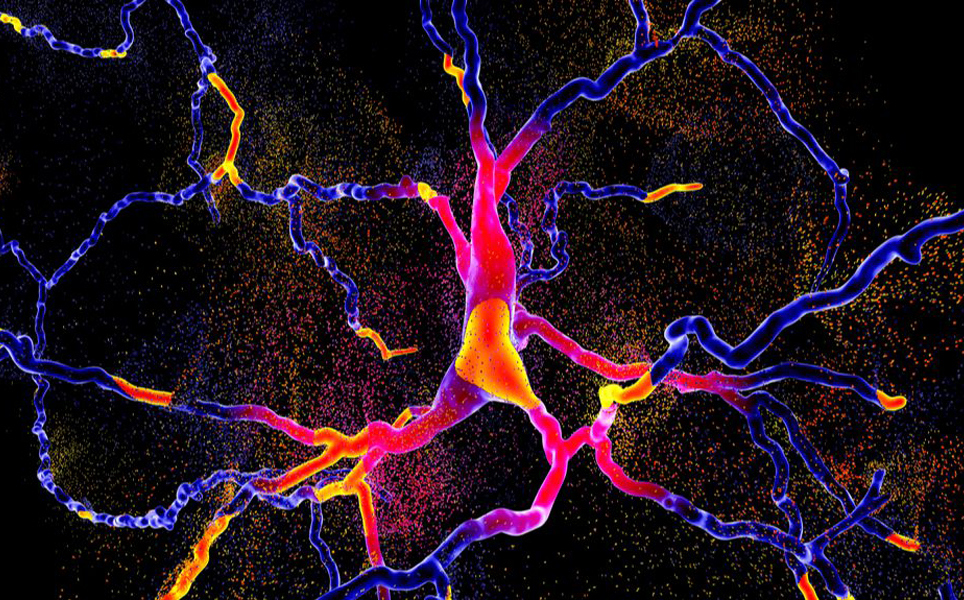
Find out more
2. Detailed brain map uncovers hidden immune cells that may be involved in neurodegenerative disorders
Scientists at the VIB Center for Inflammation Research at VUB have developed a comprehensive atlas of the brain’s immune cells, revealing the diversity of macrophages and unexpected locations of microglia, a type of macrophage.
The microglia that were identified in unexpected locations resembled microglia that are associated with neurodegenerative diseases. This new research will therefore help scientists understand the role of macrophages in both the healthy brain and neurodegenerative diseases.
The role of macrophages
3. Train your brain to eat less sugar
Scientists have found that a computer game can be used to train players to eat less sugar, helping to reduce their weight and improve their health.
The researchers, from Drexel University, developed a brain training game that targets the part of the brain that inhibits impulses, with the aim of decreasing consumption of sweet food. The game could automatically customise the training to focus on the sweets that each player tended to eat and alter the difficulty based on how well they were resisting the temptation of sweets.
More than half of participants who showed a higher preference toward sweets lost as up to 3.1% of their body weight after playing the game for eight weeks.

Train your brain
4. New brain tumour imaging technique uses protein found in scorpion venom
A multi-institutional clinical trial of a new imaging technique that uses a synthesised form of scorpion venom to illuminate brain tumours has had promising results.
The technique uses a high-sensitivity near-infrared camera that was developed by researchers at Cedars-Sinai, who led the trial. The camera is used in combination with the imaging agent tozuleristide, which contains a synthetic version of an amino acid compound found in scorpion venom, developed by Blaze Bioscience.
The amino acid compound is non-toxic and binds to tumour cells. The researchers attached it to a fluorescent dye that releases light when stimulated by a laser that emits near-infrared wavelengths of light, which is detected using the camera.
This technique is particularly useful when performing surgery on gliomas. These brain tumours infiltrate healthy brain tissue with tentacle-like structures, making them hard to distinguish from normal brain tissue. The new technique enables neurosurgeons to see tumours, as well as the boundaries between tumours and healthy brain tissue, increasing the likelihood of all parts of the tumour being removed.

Surgery using synthesised scorpion venom
5. Personalised “eye-in-a-dish” models reveal genetic underpinnings of macular degeneration
Scientists at the University of California San Diego have used stem cells derived from six people to recapitulate retinal cells in the lab. This ‘eye-in-a-dish’ enables the researchers to look for genetic variants that may contribute to age-related macular degeneration (AMD), one of the most common causes of vision loss in people over 65.
From the study, the team were able to implicate the VEGFA gene, which encodes the VEGFA protein, in the development of AMD. The VEGFA protein supports blood vessel growth, which is affected in AMD. The team found that in AMD, a genetic variant in the region of the genome that regulates the expression of the VEGFA gene causes the amount of VEGFA protein to be reduced, which contributes to the condition.
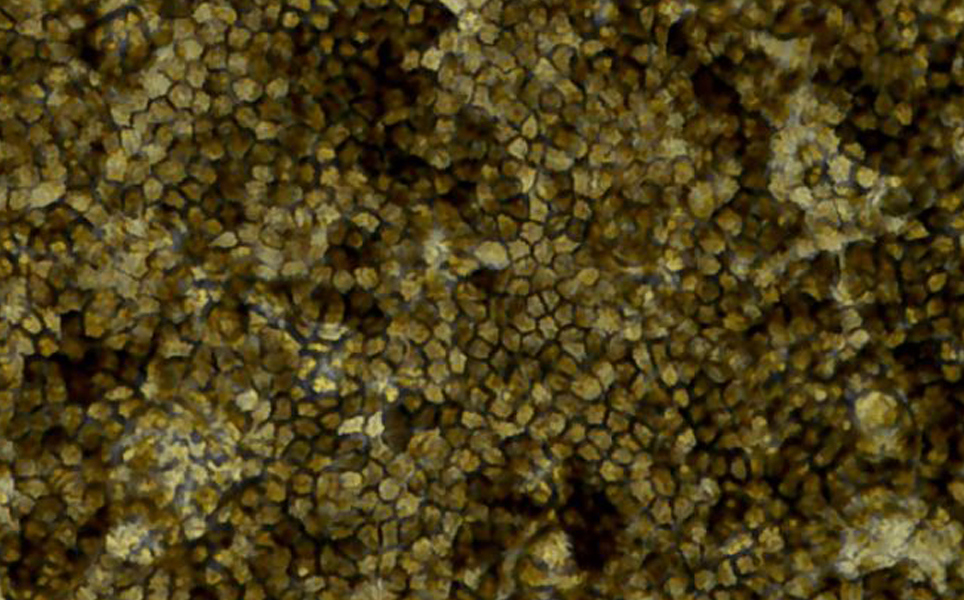
Revealing genetic variants of AMD
6. Artificial intelligence tool vastly scales up Alzheimer's research
Researchers at UC Davis Health and UC San Francisco have found a way to teach a computer to detect one of the hallmarks of Alzheimer’s disease in human brain tissue, suggesting that machine-learning could be used to identify markers of the disease.
The machine learning tool is able to quickly detect if a brain tissue sample contains one type of amyloid plaque or another one. This could be used to aid neuropathologists to analyse data much faster than previously possible.
Faster Alzheimer's detection
7. A voice in the crowd: Experimental brain-controlled hearing aid automatically decodes, identifies who you want to hear
The human brain has the ability to pick out individual voices in a noisy environment, such as a busy restaurant or in a crowd. Hearing aids, however, often struggle to do this.
Scientists at Columbia University have created a brain-controlled hearing aid that uses artificial intelligence to monitor the wearer’s brain waves and amplify the voice they want to focus on. This would enable wearers to better converse with people around them, communicating with people as easily and effectively as those without hearing impairments.
Picking out a voice from a crowd
8. Research team identifies the first gene that increases the risk of fainting
Using data from more than 400,000 individuals, researchers at the University of Copenhagen, Statens Serum Institut and Rigshospitalet have been the first to identify a gene that is associated with an increased risk of fainting.
The data used was from the UK Biobank. Of the 400,000 Britons, 9,163 had been in contact with the healthcare system due to fainting. After analysing genetic variants in the participants’ genomes, the researchers identified a part of chromosome 2 that increases the risk of fainting. If a person has a risk variant on both versions of chromosome 2, statistical calculations suggest they have a 30% higher chance of fainting than people with one of none of the variants.
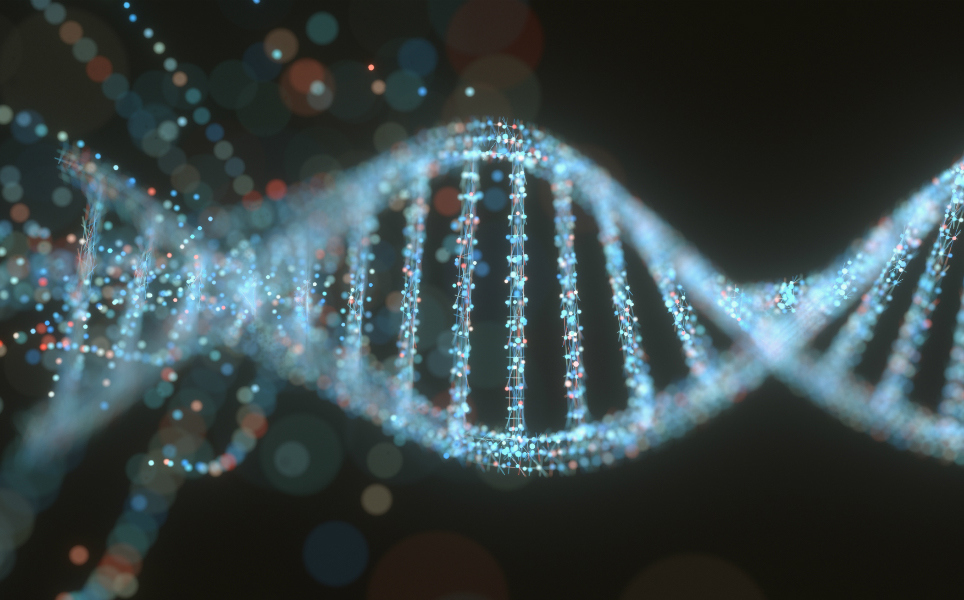
Learn more
9. Allen Institute for Cell Science debuts the first comprehensive view of human cell division
The Allen Institute have released the Integrated Mitotic Stem Cell - a data-driven model and visualisation tool that captures a complete view of human cell division for the first time.
Users of the Integrated Mitotic Cell can see and rotate a 3D view of any of the 15 different key cellular structures. The tool, which was created by overlaying 75 mitotic cell images, will enable scientists to better understand how cells divide and what goes wrong with this process in cancer.
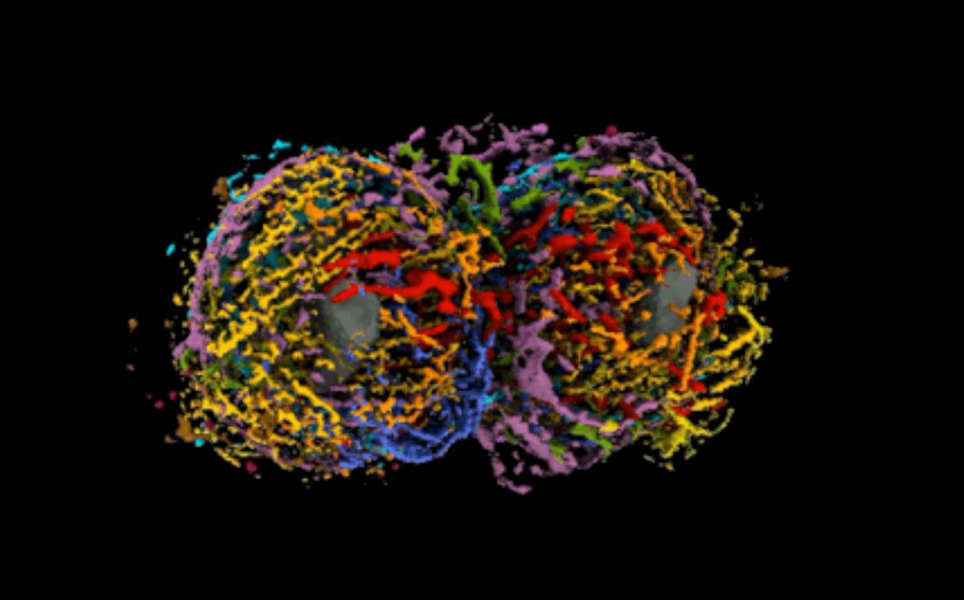
See mitosis in action
10. New compounds could be used to treat autoimmune disorders
Small molecules that inhibit one of the main enzymes involved in autoimmune responses have been developed by scientists at Rockefeller University.
The enzyme being targeted is cyclic GMP-AMP synthase, or cGAS, which detects and binds to cytosolic DNA, initiating a chain reaction. This usually results in immune activation and destruction of the cystosolic DNA, which is assumed to be pathogenic. However, sometimes the cytosolic DNA is produced by the body’s own cells, yet cGAS doesn’t discriminate between infectious and non-infectious DNA. If cGAS binds to the body’s own DNA, this could initiate an autoimmune response.
After screening a library of nearly 300,000 small molecules, the researchers identified two that showed some activity against cGAS, but they weren’t potent enough. These molecules were then used as molecular scaffolds to create three compounds that block cGAS activity in human cells, which are now being optimised for use in patients.
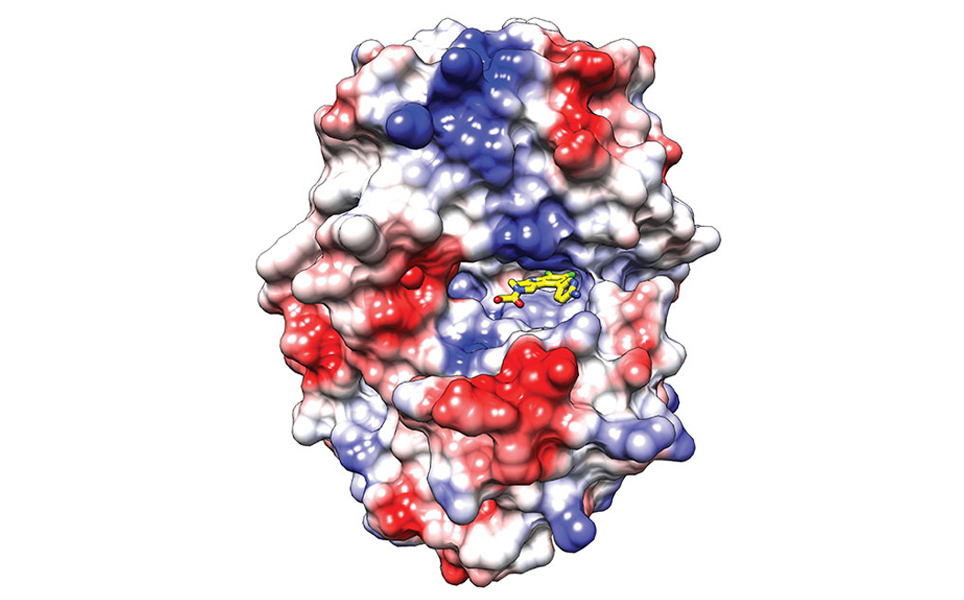
Inhibiting cGAS
Take a look at the previous top neuroscience stories...
Sign up to receive our latest news
Find out about Scientifica's latest product releases, company news, and developments through a range of news articles, customer interviews and product demonstration videos.

)